Have you ever wondered what all of the world’s top athletes have in common other than being fast?
They all wear shoes with spikes on them.
There was a time when these types of shoes were only reserved for the best athletes. Nowadays, they are available for everyone and are pretty reasonably priced, too.
Among the different types of spikes, the ones that are popular and are often pitted against are cross country spikes vs track spikes.
This article will help you navigate between both of these spikes to decide which one of them is better suited for you.
Why Should You Use Spikes?
While it is a requirement to wear spikes at every track meet, these shoes can serve a wide range of purposes for the wearer.
Since all spike shoes are designed to be lightweight, it can considerably help reduce fatigue.
Furthermore, it can increase the runner’s speed compared to what he or she might have achieved while wearing a pair of heavier training shoes.
What makes spikes even better is that the pins attached to it grab the track the runner is running on.
This results in increased traction, keeping the runner more stable. It also helps them dig in for additional speed.
Cross Country Spikes vs Track Spikes
Track spikes are a highly specialized piece of running equipment.
These are most commonly used by field and track runners who mainly focus on sprint distance events. As such, they are also the most common types of spikes on the market.
The other popular type of running spike is the cross-country spike used commonly by cross-country runners.
These running spikes tend to be quite different compared to track spikes, but the shoe they are used on is quite similar.
Below, we will talk about the difference between track and cross country spikes.

Track Spikes
Track spikes are the most common type of spikes and are used by sprinters.
This type of spike will most likely consist of an ultra-light shoe along with a base plate that allows the runner to insert the spike into the shoe’s base.
This spike will provide the runner with significantly better traction when he/she runs on the track.
They will help the runner dig the spikes into the ground so that there is a lesser risk of slipping.
Regulations for Track Meets
Even with track spikes, you will get multiple choices based on the surface.
That said, for a particular track or for a specific track meet, there may be certain limitations on the length and type of the spike.
These limitations may be in the form of the runner having to use spikes longer than ¼ inch or even 3/16 of an inch.
This particular length is recommended because anything longer than this could cause damage to the track.
The guidelines for track meets tend to be much more than cross-country meets.
Runners using track spikes must be clearly aware of these guidelines. They should also carry replacements along with them to be prepared for their races.
There is always a possibility that the spike from one shoe can be misplaced.
Hence, it would be ideal to carry extra spikes with you to avoid the possibility of not being able to participate in any race.

Training
Runners using spikes, especially beginners, must ensure that they are training with their spikes much in advance before running a race in them.
This is because spikes aren’t the most comfortable thing to run in initially.
Every new runner needs an appropriate adjustment time so that they can adapt to their track spike.
It is only then they can get comfortable running longer distances in them.
Also, it isn’t necessary to wear spikes every single day while training. You can alternate between track spikes and shoes without them.
Cross-Country Spikes
As mentioned earlier, cross-country spike shoes are quite similar to track spike shoes, with the only difference being the spikes.
The spikes on these shoes are also removable. You will find an assortment of them with multiple lengths, and they tend to be significantly longer compared to track spikes.
This is because these spikes are meant to be used on trails like high grass and through the mud rather than tracks so that it can offer better traction.
On average, cross-country runners will wear spikes ranging from ¼- to ½-inch, depending on the terrain.
Cross-Country Meet Guidelines
A cross-country meet has its own set of guidelines utterly different from the guidelines of track racing.
Even here, the length of the spike will differ from one race to another.
It’s important that cross-country runners are familiar with all these guidelines before starting any meet.
The basic purpose of cross-country spikes and track spikes are the same.
They are both designed in such a manner so that they can provide the runner with better traction when they run.
To evaluate the need to wear cross-country spikes, the runner must examine the course before the race.

How to Properly Take Care of Your Spikes
Spikes serve a ton of advantages when you use them for a race, but they can also be dangerous if not taken care of properly.
Here are some quick and easy tips for taking care of your spikes:
- Make sure that you are never running in the spikes without inserting plugs or pins first.
All it takes is just some gravel that will get lodged in the hole, and you will be down almost instantly.
- You should not twist the pins too hard when you are inserting them.
All you need to aim is for 1/16th of a revolution past tight, and nothing more.
- If the spikes are wet, just stuff the toe with some newspapers and leave them in a warm spot or a heat vent.
It will take a day to dry thoroughly. Do not put them in a clothes dryer.
- When using spikes for the first time, give yourself more than enough time to adjust to it, especially if you intend to race in them.
- New spikes should be used to do light workouts and used once every two to three days for a while before you race in them.
If you don’t, you risk getting your foot cut as Dathan Ritzenhein, a 2004 Olympian, did when he competed in a brand new and untested pair of spikes.
- Wearing or not wearing socks with your spikes can be a personal preference.
Some find pure bliss going sockless, while others find it disgusting. We recommend wearing a thin sock as a compromise.
FAQs
1. How many spikes will I need?
If by spikes you mean the pins wrenched into the outsole, the number of spikes will depend on the race you are running.
A shorter race would need more spikes on the shoe. On average, a sprinter will require at least six to 10 spikes to gain better traction.
On the other hand, long-distance runners will need only between four and six spikes to shave the weight off of the shoe.
Middle distance runners can get away with about six spikes on their shoes.
Every pair of shoes comes with a fixed number of pins on the plate under the forefoot.
You will be able to use as little or as many pins as you like, depending on what makes you comfortable.
Keep in mind, though, that removing the spikes could result in lesser traction.

2. Can you use cross country spikes for track?
If you already own cross country spikes, you might be wondering whether can you use cross country spikes for track or not.
The quick answer is yes, you can. However, make sure that the spikes aren’t too long as you risk damaging the track.
That said, be careful if you intend to use track spikes for cross country, as the thinner foam midsole could get easily damaged.
Many long-distance runners own different pairs of shoes for track and cross country.
3. Are cross country spikes the same as track spikes?
Not exactly. In most cases, cross country spikes will offer you more tread and cushioning than track spikes.
This is because these are typically designed to be used on uneven terrain.
4. How much faster do spikes make you?
Studies have shown that spikes can make you up to 6% faster.
One of the biggest advantages of wearing spikes is that the spikes or the actual pins of the shoe offer a much better grip when you’re moving at a rapid speed.
This helps in increasing the speed and also in minimizing the chances of falling.
Furthermore, these shoes are made using lightweight materials, which further increase your speed.
5. Is there a difference between sprinting spikes and long distance spikes?
Sprinting spikes tend to have rigid soles that help increase speed when the sprinter is on his/her toes.
Long-distance spikes make use of more flexible soles that enable more natural foot movement and comfort. Even the shape of these spikes is flatter.
Conclusion: Which Spike Should You Choose?
After learning the difference between track and cross country spikes, which type should you choose?
When picking between cross country spikes vs track spikes, it all comes down to what you will use it for.
While you can use both for either cross country or track, we don’t recommend doing so as there is always a risk of damage or injury.

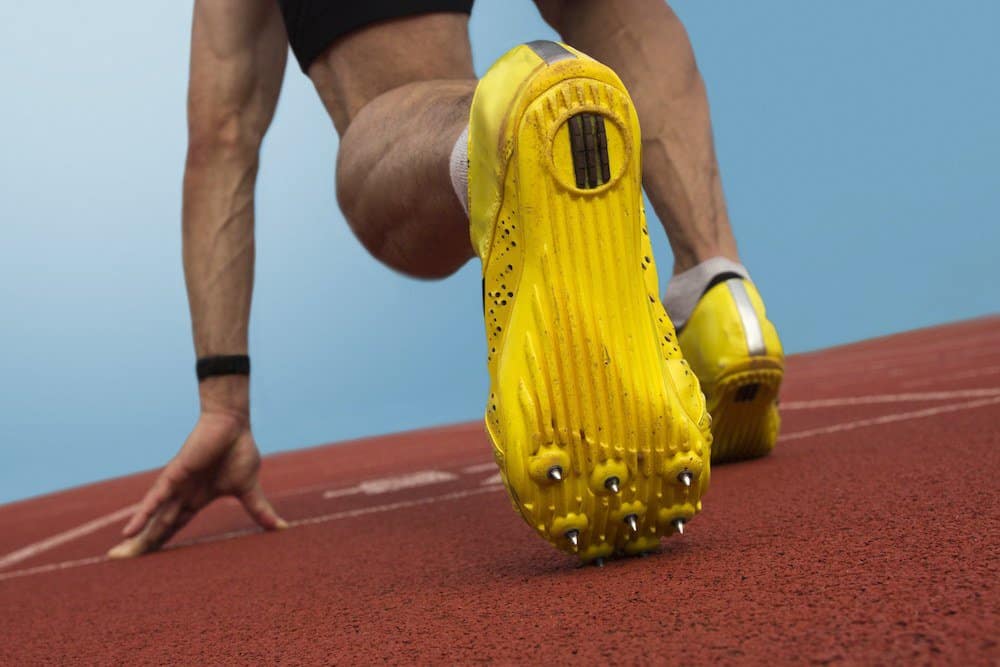
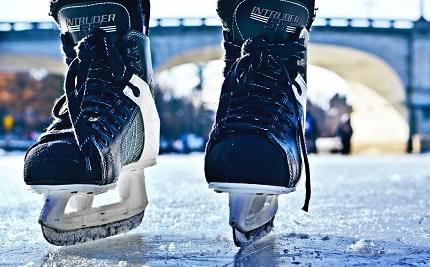
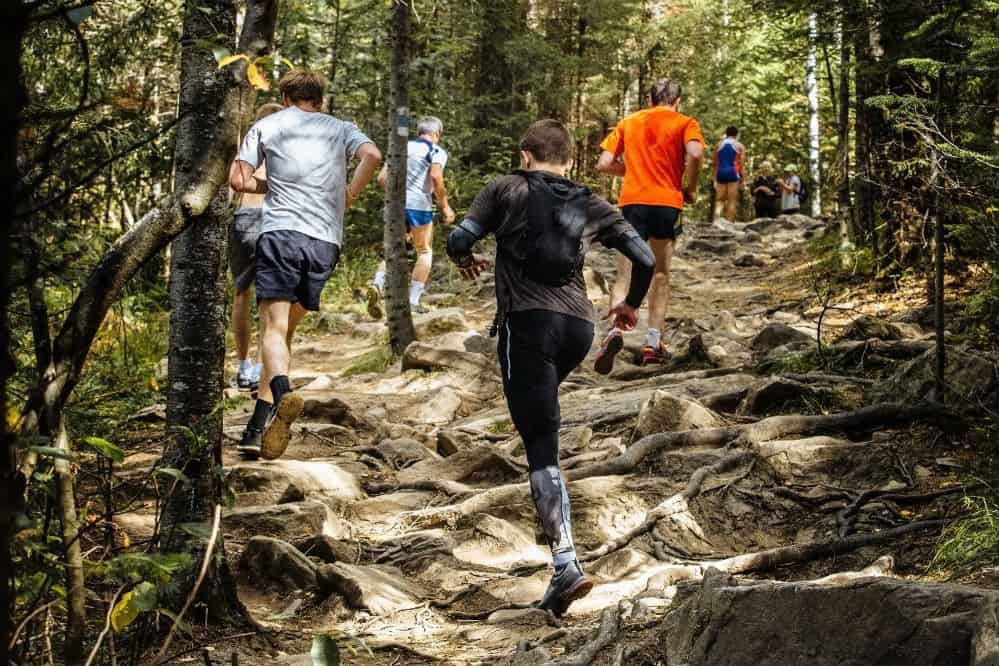
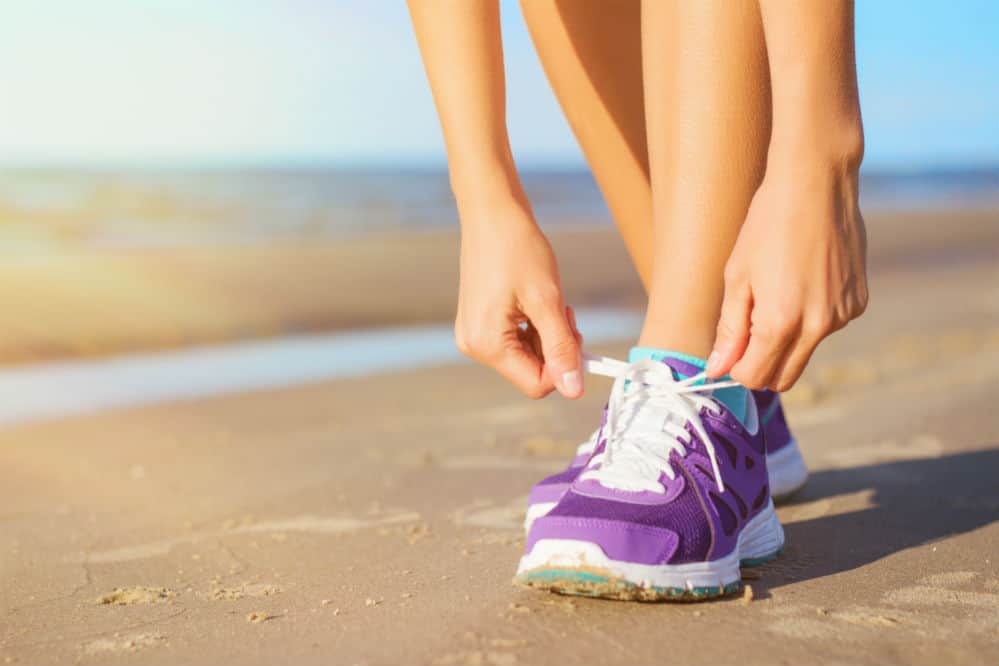
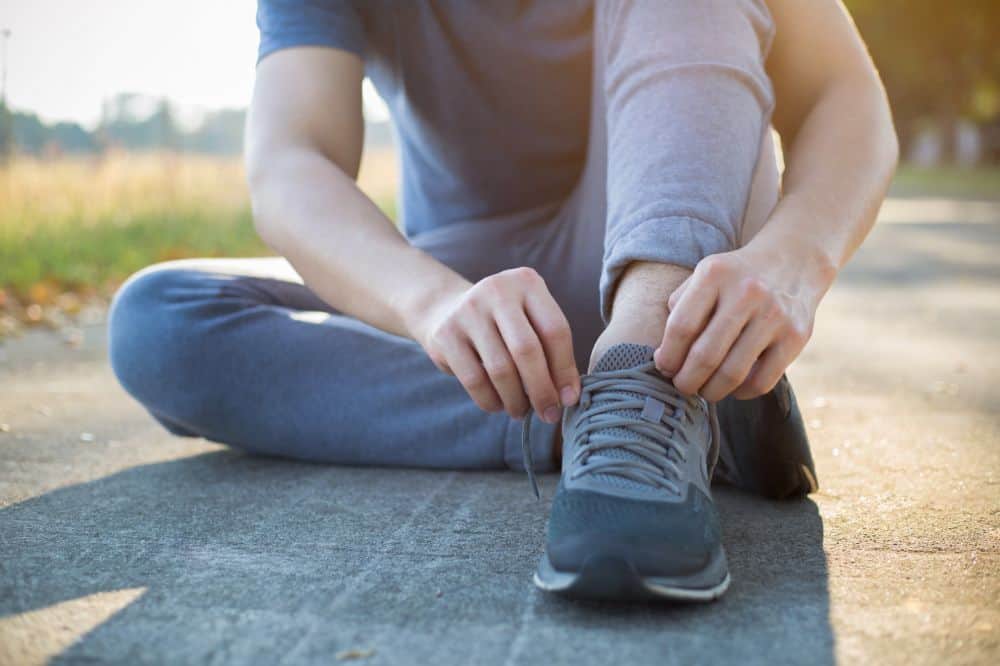

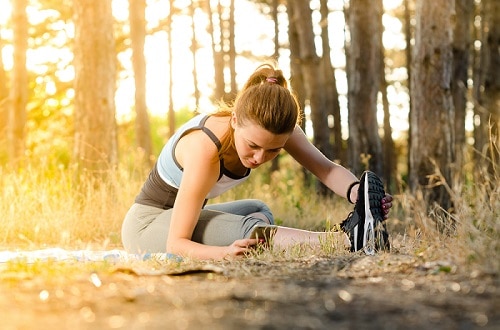






Wow! I had no idea that there was even a difference at all between the two! My brother is a track runner (sprinter), and I wanted to get him some spikes for his birthday that’s coming up, and I was unsure of whether it was a good idea just to get him any spikes that looked cool. But thanks to this article, I now know which ones would be best for him. Thank you so much for this.
Hello, Misael H, and thank you.
Thank you for your kind words.
Great to hear about your benefit of the article too.
Don’t hesitate to contact me if I can help you with anything else or if you have any questions.
Thanks for this educating article on the comparison between Track spikes vs. Country Cross Spikes. If not for the fact that I was reasonable enough to have read this article, I also had the mindset that spikes are all the same. Haven read this article, I now know the difference between the two and the importance of spikes.
Hello, Nelson, and thank you.
Thank you for your kind words.
Great to hear about your benefit of the article too.
Don’t hesitate to contact me if I can help you with anything else or if you have any questions.
There have been times where I really want to get full knowledge about spikes before getting anew one, and I have been really thrilled with the quality of cross-county Spike’s that I have seen in recent times. However, I have never thought about going for a cross country race, but I’ve been involved in lots of track races. I believe it will be nice to own a good cross country spike because I wouldn’t want to try using a track spike for it
Hello, Jason, and thank you.
Thank you for your kind words.
I agree; you need to be very careful if you want to mix the cross country and track spikes. Many long-distance runners own different pairs of shoes for track and cross country, so they don’t damage things.
As you talk about your interest in Cross country spikes, I think you will be interested in this post here.
Great to hear about your benefit of the article too.
Don’t hesitate to contact me if I can help you with anything else or if you have any questions.
This was news to me. I couldn’t tell you the difference between the cross country spikes shoe and the track spikes shoe if you would have present them to me to identify them. I also thought that spikes on shoes would slow you down as it digs into the ground. But as I found out in your article, it isn’t so. To add, I didn’t know that the number of spikes matters for different running sports. This was very informative. I’ll relay this article to my family member who is planning on doing track and field in H.S. I’m sure he’ll find this article to his advantage.
Hello, John Keldon, and thank you.
Thank you for your kind words.
Great to hear about your benefit of the article too. Here is an article about Cross Country run with many tips so you could be interesting to read it soo.
Don’t hesitate to contact me if I can help you with anything else or if you have any questions.
I never realized that people who participated in track events wore spiked shoes. I always assumed they wore regular running shoes. It does make sense after reading about it, and I can definitely see the benefit in them, especially for cross country running. Can you clarify how Dathan Ritzenhein cut his foot? I do not understand how a new pair of spikes can cause you to cut your foot.
Hello, Thomas, and thank you.
Thank you for your kind words.
Great to hear about your benefit of the article too.
About Dathan Ritzenhein. He changes the shoes shortly before the Olympics. I take time to adjust shoes and get used to them—your need to give them time to adjust, both for your legs to gets used to it. And too, to fit the legs. Otherwise, it can make a stress factor if you just put it on and run. Give it some time to run lightly in it before.
Don’t hesitate to contact me if I can help you with anything else or if you have any questions.